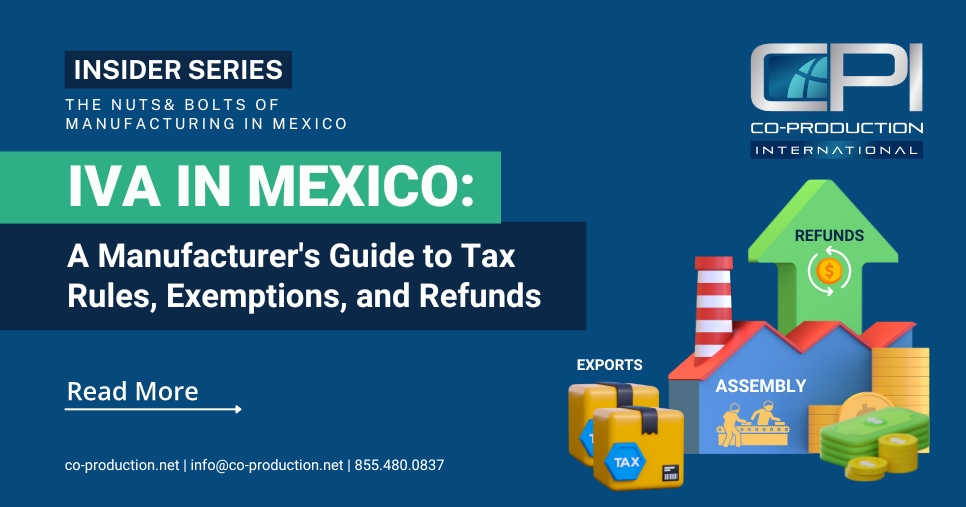There are two ways of looking at Laredo, Texas, a border city at the southern edge of the US. One is as barren outpost of the US economy, condemned by geographic misfortune to a marginal existence.
The other is as part of one of the most dynamic economies in North America: the border of Texas with the Mexican states of Coahuila, Nuevo León, and Tamaulipas.
Which view the US takes matters. On Wednesday (Aug. 16) the US, Canada and México launched talks to renegotiate the North American Free Trade Agreement (Nafta) at the prompting of US president Donald Trump, who believes the US got a raw deal (“the worst trade deal ever”) out of the 23-year-old pact. We analyzed the interactions of American border communities with their neighbors in Canada and Mexico, and the results show that in one sense Trump is right: In many cases, those Mexican and Canadian border towns seem to have gotten the better end of the bargain.
But the data also suggest that the problem, in these regions at least, isn’t with Nafta itself. It’s with how the US itself treats its border towns. Specifically, it’s that it treats them as solitary outposts of the US economy, when instead it should treat them as integral parts of cross-border economic hubs, helping them to coordinate policies more closely with their neighbors. Doing so could help these American cities to jumpstart their economies and profit off their neighbors’ dynamism—a deal that ought to appeal to Trump.
Which mindset Trump’s team of Nafta negotiators ultimately adopts—his “America First” attitude, or a more regionally-minded approach—will shape the economic fate of border communities such as Laredo, and of the US economy more broadly.
The Trump administration is starting off on a belligerent tone. “Nafta has fundamentally failed many, many Americans and needs major improvement,” said US trade representative Robert Lighthizer during a press conference opening the negotiations.
The two Laredos
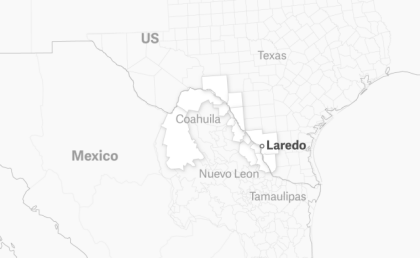
A closer look at Laredo is instructive for understanding how the US economy has gained from Nafta, and how it could gain more.
Webb County, where Laredo sits, has a poverty rate of more than 30%, double the national average. One of its biggest sources of employment—and among the fastest-growing, too—is individual and family services, basically social services to help the poor, according to a detailed industry analysis by the Wilson Center.
But the border town of 250,000 gets a big boost from its connections to Mexico. Logistics and transportation are the biggest employer, with nearly 10,000 people dedicated to shepherding the 5,500 trucks a day and $200 billion in goods each year that flow through the Laredo port of entry. (Overall, Texas estimates that this single crossing point contributed at least $52 billion to the state’s GDP in 2015.)
Customs brokers and trucking companies are also big employers in towns on the Mexican side of the border. But unlike Webb County, these towns have other stuff going on too.
The top industry on the Mexican side is manufacturing, and it’s thriving. Companies that churn out components for cars, TVs, and other products added more than 40,000 jobs from 2009 to 2013, nearly an 80% increase, the Wilson Center’s analysis shows. (And that’s just in 10 nearby Mexican municipalities. Laredo is just a few hours drive from Monterrey, Mexico’s third largest city, and Saltillo, which has become a big auto manufacturing hub.) By contrast, in Webb and its neighboring Texas counties, fewer than 2,000 people have manufacturing jobs, which barely grew 5% during the same period.
“US border communities are way underperforming their potential,” says Chris Wilson, a México expert at the Wilson Center who conducted the research. “They are some of the poorest in the US, but they have these amazing assets right across the border from them in these Mexican manufacturing clusters.”
Plug Webb into the Mexican economy, and its prospects start looking better immediately. As a region, Webb and 15 other American and Mexican counties around it have a sharp competitive edge in some types of manufacturing that are growing particularly rapidly compared to other places in the US and Mexico, the Wilson Center research shows.
For example, though aerospace jobs still account for a small fraction of employment, they grew by more than 7,000% in this cross-border region between 2009 and 2013. So far, much of the growth is due to a single firm, Alcoa, which is expanding its operations in the Mexican state of Coahuila, but smart companies will find a way to piggyback on that investment. Colleges and universities in México have also quickly added staff, increasing the region’s capacity to produce a skilled workforce.
In short, Webb is part of an economic cluster—a concentration of related businesses that feed off each other and benefit from shared economies of scale. The problem is that the US-México border cuts through that cluster. If the border were less of a border—if there were more regional coordination—Webb could benefit more from its proximity to Mexico. Instead, it is left out of its neighbors’ economic good fortune.
But it needn’t be that way.
The Great Lakes
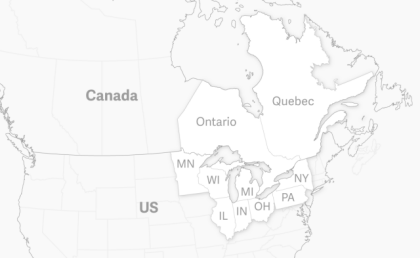
Economic clusters may straddle borders because of an accident of history—south Texas and northern México have been in the trade logistics business since the mid-1800s. But clusters can also be built through policy.
Back in 1965, well before Nafta, Canada and the US resolved a trade fight about cars by signing a deal known as the Auto Pact (pdf), which removed tariffs on cars and car parts. The effect was to integrate the US and Canadian car markets, which had largely been churning out the same cars on each side of the border. The pact made Canadian auto manufacturers more efficient and increased trade between the two countries dramatically. A little more than a decade after it was signed, US auto exports to Canada had grown 10-fold; Canadian exports to the US, 40-fold.
These days, it’s the American side that’s in a tougher spot. Ontario, whose economy grew by 2.6% last year, far outpaced the Great Lakes states on the American side. Quebec, though expanding only 1.7% in 2016, still did better than most of its American counterparts. Both provinces’ populations are growing at a faster clip too (pdf, p. 3).
Unlike with the Laredo region, the economies north and south of the US-Canadian border here are more similar, but there are also noticeable differences. While traditional manufacturing has been battered on both sides of the border, the Canadian side relies less on it for jobs. Meanwhile, promising manufacturing sectors such as aerospace are stronger in Quebec and Ontario.
While Trump says America needs to bring back trade barriers with Canada and Mexico, governors in the American auto heartland are instead looking to work with Canada more closely.
Two years ago, a group of governors from eight states in the Great Lakes region officially added the premiers of Ontario and Quebec to their regional association to form the Conference of Great Lakes and St. Lawrence Governors and Premiers. It’s an urgent matter for the region as a whole: Between 2005 and 2015, its auto industry’s share of the US-Canada market shrank from 64% to 58%, causing the loss of 220,000 jobs, according to an analysis (pdf, p. 15) commissioned by the Conference.
So the study explored other cluster-prone industries that could be promoted. One idea is to breed a growing tech sector in pockets across the region, with traditional manufacturing, which is more widespread in the US.
That kind of cooperation doesn’t just happen by itself, though, says Mark Fisher, chief executive of the Council of the Great Lakes Region, another binational group that is promoting cross-border links. “Businesses can take it to a certain level and then government at both the state, provincial and federal levels really have to create the environment,” he adds.
In other words, talk of trade wars and border walls doesn’t help.
CaliBaja
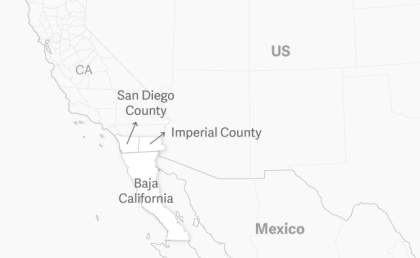
Chris Wilson, the Wilson Center researcher, offers a thought experiment to show how an international boundary can put a brake on growth: What if you dropped a border that cut the San Francisco Bay Area from the San Jose area? Workers shuttling from San Francisco to Google’s Sunnyvale campus would need visas; merchandise-laden trucks would have to wait in line to go through customs. “Silicon Valley would cease to be Silicon Valley,” Wilson says.
Travel farther south in California, and this is what actually happens. The area around San Diego and the Mexican state of Baja California has 6.8 million inhabitants and a $200-billion-plus economy that dwarfs many metro areas on either side of the border. But it can take up two hours to cross from one side to the other.
Here, local political and business leaders have probably done more than in any other region in North America to reduce the burdens (pdf, p. 56) of the border. Elected officials from both countries have been meeting regularly for two decades, and have more recently started planning for the region’s future together.
Since 2011, economic developers have also partnered to market California’s San Diego and Imperial Counties and Baja as a single region. The initiative, dubbed CaliBaja, started as a strategy to help jumpstart Imperial’s flagging economy. (The agricultural area, which lies to the east of San Diego, has long struggled with poverty and unemployment.) The funding for the project came from a federal grant.
CaliBaja, which was a pioneer in the kind of cross-border research described above, has done its own cluster analysis. It’s based on the high concentration of jobs in certain industries in the region compared with the overall US and Mexican economies. According to the analysis, CaliBaja has a huge edge in video and audio electronics manufacturing, and smaller ones in the production of communications equipment and research and development.
To be sure, San Diego and Tijuana remain very separate and different economies. Most of the manufacturing jobs are (again) on the Mexican side, while higher-paying activities such as administration and R&D are on the American side.
So CaliBaja is rather lopsided, like the Laredo region. But there are signs that cross-border coordination is helping to close the economic gaps. Some American companies have been shifting R&D work to Baja. At Honeywell’s technology center in Mexicali, for example, Mexican engineers design and test airplane parts.
Meanwhile, more Mexican companies, such as Arkus Nexus (a Tijuana-based software company with US-trained founders), are exporting knowledge-intensive products rather than factory-produced wares. Arkus Nexus’s chief executive, Angel Sanchez, says being close to the border makes working with his company’s mostly Southern California clients easier, and keeps him plugged into the business community there too.
The cross-pollination extends beyond business ties. Last year the CaliBaja Center for Resilient Materials and Systems opened at the University of California, San Diego. It sprouted from the personal connections between a group of Mexican professors at the university and other academics in Ensenada, according to one of them, Olivia Graeve, who now directs the center. Aside from developing high-tech materials that can withstand the extreme temperatures of outer space or a jet turbine, the new center is designed to grow the type of cross-border relationships that created it by hosting researchers from both countries.
For Flavio Olivieri, the director of the CaliBaja initiative, those kinds of local connections are more important than Nafta itself. “If you don’t have them, it doesn’t matter what the federal rules are,” he says.
Ironically, Trump’s divisive anti-Nafta rhetoric might just serve to foster more cross-border cooperation. The CaliBaja region’s members have held emergency sessions to strategize how to counteract Trump’s message, says Olivieri. In March, the mayors of San Diego and Tijuana renewed a cooperation agreement between the two cities. A few days later, the San Diego Regional Chamber of Commerce signed another binational pact, this one with the Mexican senate, to weigh in on border-related issues.
But an international border is still an international border. So if they really want to get a better deal from Nafta, Trump’s negotiators would do well to think about how to help regional cooperation thrive—and that means making the border less, not more, of an obstacle.
Source: Quartz
By: Ana Campony, Yoiyou Zhou


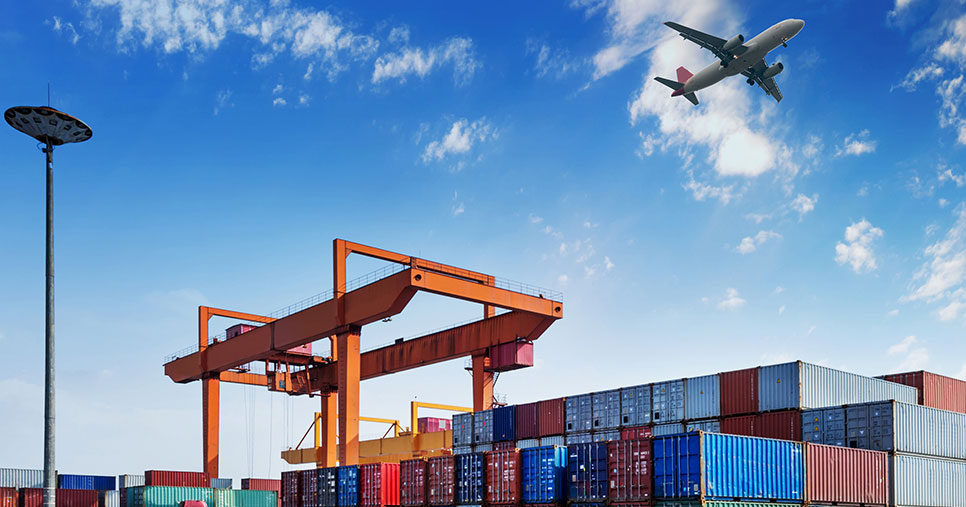




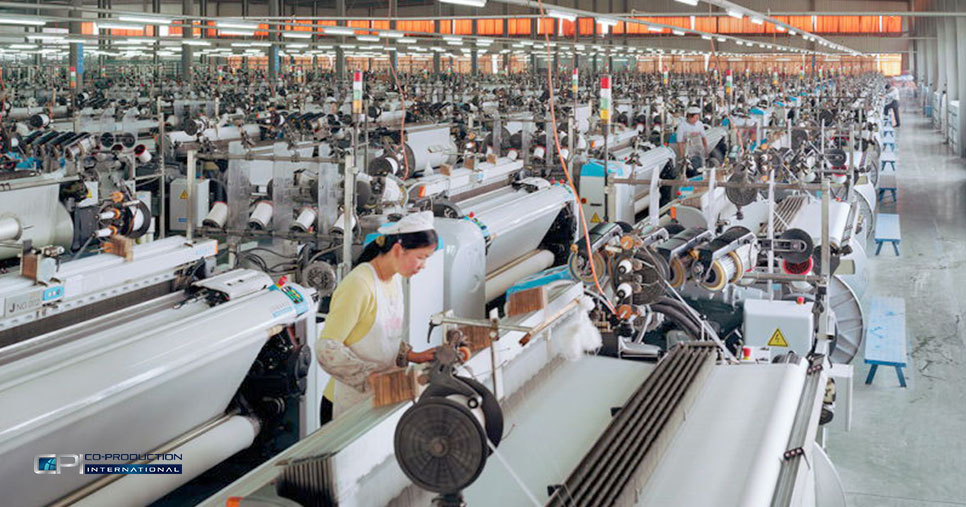
.png)
